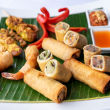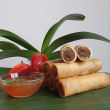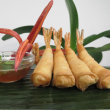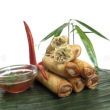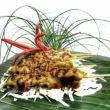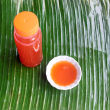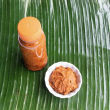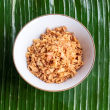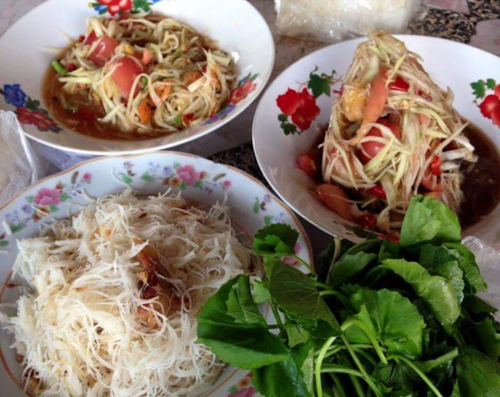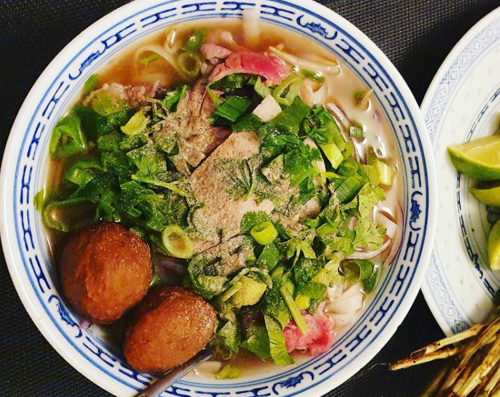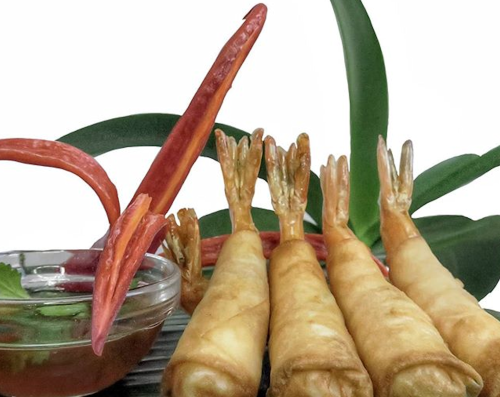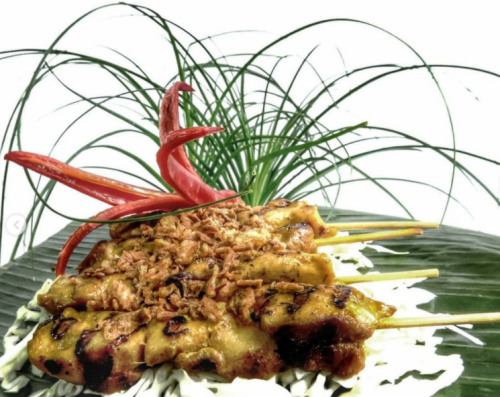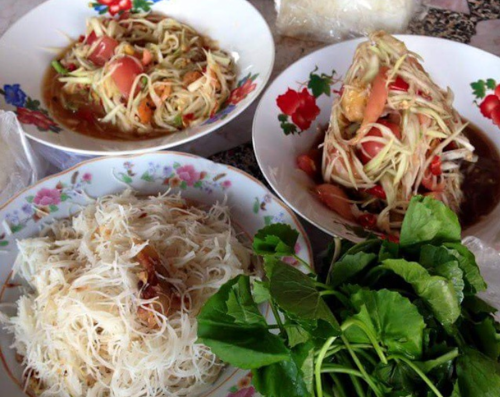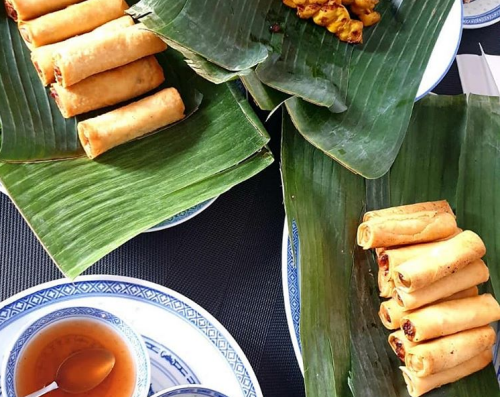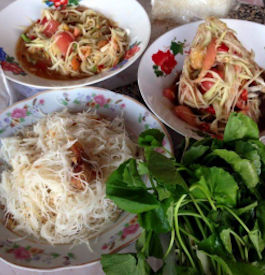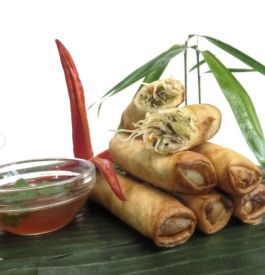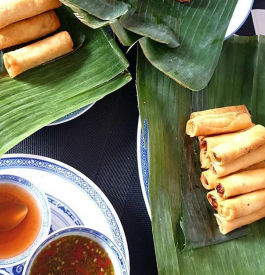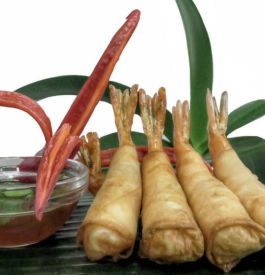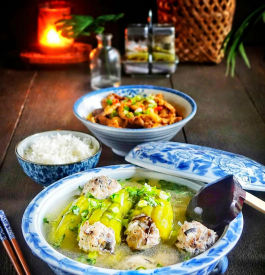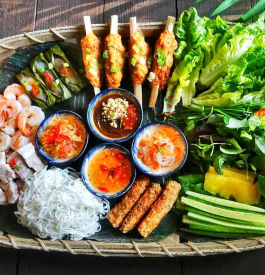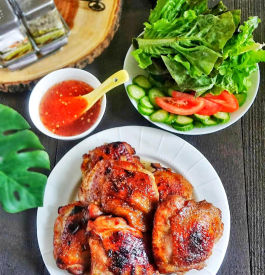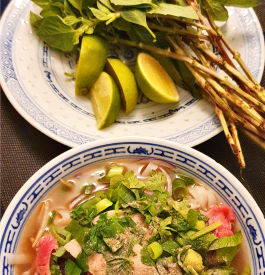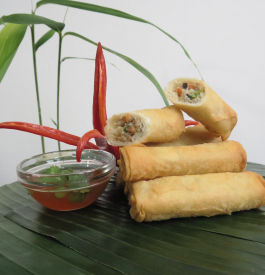Vietnamese cuisine is an ever increasingly popular cuisine and has its own cooking style

From a culinary point of view, Vietnamese cuisine is an ever increasingly popular cuisine.
Vietnamese cuisine has its own cooking style, in which vegetables and herbs in particular
receive a lot of attention.
Despite Vietnam having the history of being dominated by other countries over the centuries,
the country has its own distinct culture, religion and cuisine. That history has had a lot of
influence on what we know today as Vietnamese cuisine. The Vietnamese have made
something typical Vietnamese from every influence from outside, such as the Vietnamese
spring rolls, which are very popular around the world. Chinese and Mongolian influences are
recognizable in the stir fried and beef dishes. The use of many fresh herbs, such as garlic,
spring onions, chilies, mint, coriander and sereh shows the Thai influence. The French brought
western vegetables, such as watercress, tomatoes, corn and artichokes, asparagus (also known
as 'western bamboo shoots' for the Vietnamese) and of course the famous baguettes (bánh mi).
Culinary, Vietnam can be divided into three areas: the north, the center and the south. In the
north, the Chinese influences are clearly noticeable. Many stir fried, stews and soups are eaten
there.
In the center of the country, around the old imperial capital Hué, the cuisine is of a high culinary
standard. Much attention is paid to the presentation there. Often times smaller portions of
different dishes are served together to form a meal. The dishes are well seasoned and slightly
spicy. Well-known are the tasty pork sausages (nems) and noodle soup. Many western
vegetables are used in this area and they are also grown there.
The southern Vietnamese cuisine is much simpler. In this tropical area, exotic fruits and
vegetables are abundant and the Mekong Delta supplies the population with a variety of
products including vegetables, fish and other seafood. Many dishes are well seasoned but you
can always make out the taste of the main ingredient. Fish and meat are roasted, stewed or
quickly stir-fried.
Vietnamese food is very light because only a little fat is used (also in the stir fried and stew
dishes). Many vegetables, such as lettuce, bean sprouts, radish, spring onion and carrot are
eaten raw. Fresh herbs, such as garlic, shallots, spring onion, peppers, ginger root and sereh
(lemongrass) are used in almost all dishes. Fresh green herbs, such as coriander, mint, basil
and typical Vietnamese herbs such as rau ram (Vietnamese mint) are also widely used. With the
exception of black pepper, few dried spices are used. Occasionally anise stars, peppercorns
and curry powder are used.
Essential for Vietnamese cuisine is nuoc mam, a salty, golden brown sauce based on fish
sauce, garlic, lime juice and possibly chili peppers; which can be at times very clear, and
sometimes subtle to support a dish. Nuoc mam is also the basis of the dipping sauce called
nuoc cham; a sweet and sour, slightly spicy, water-thin sauce which is always often on the table
as a seasoning condiment.





